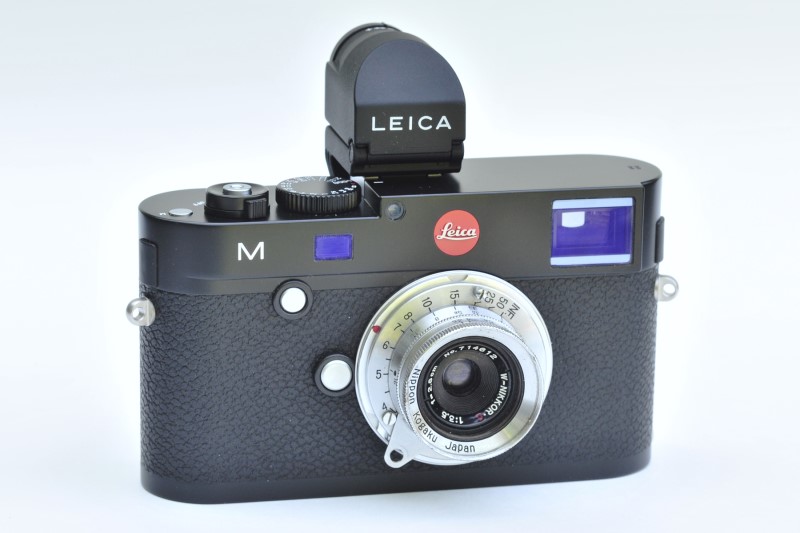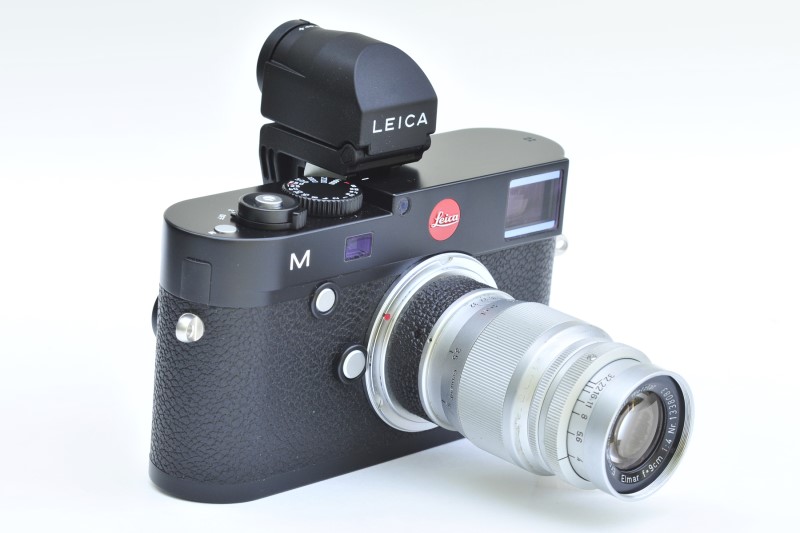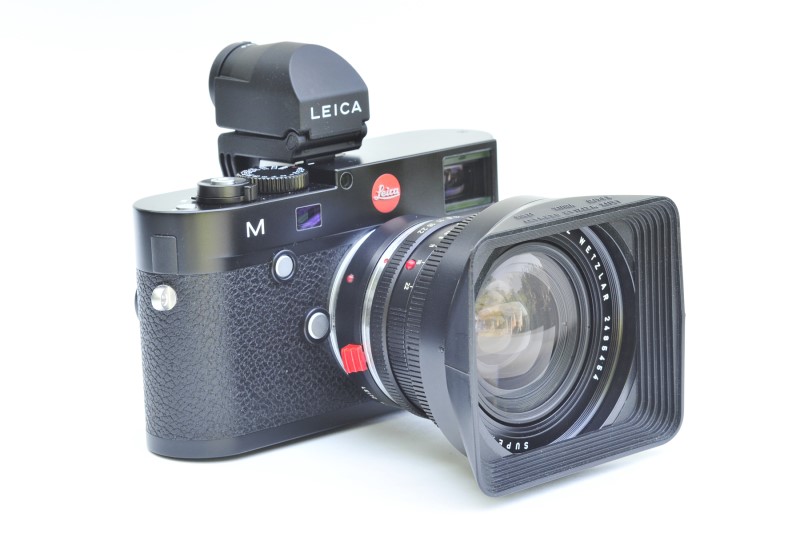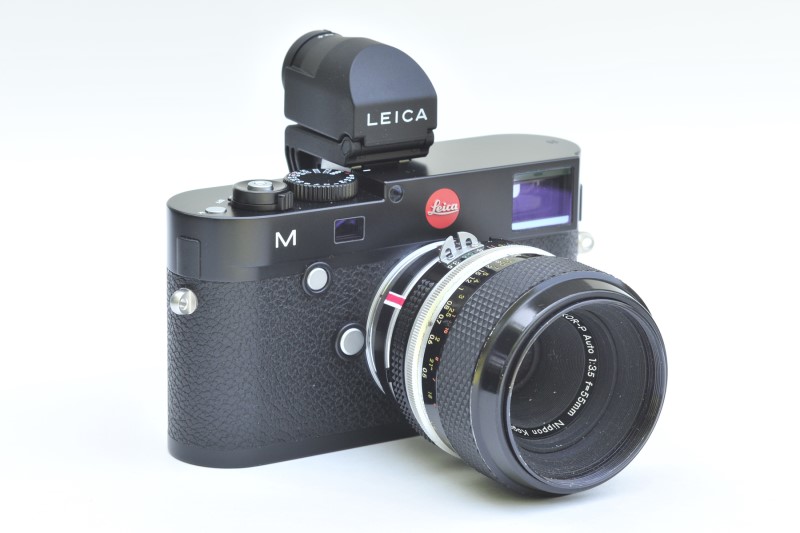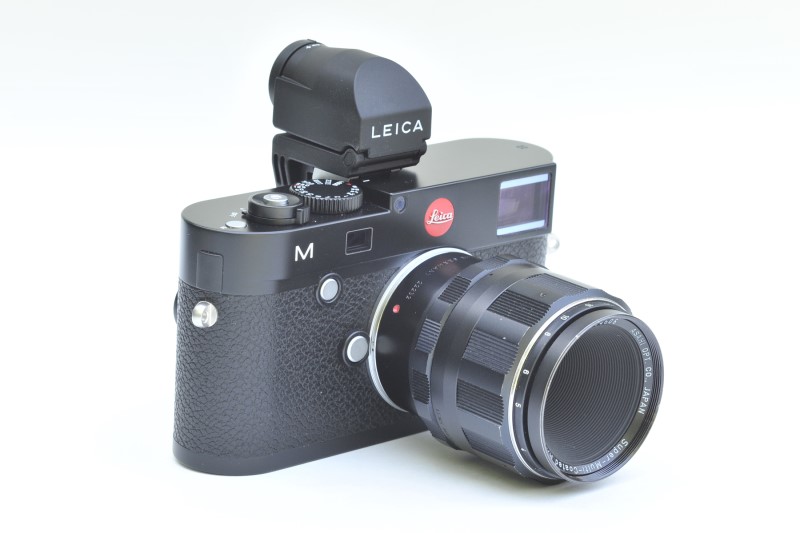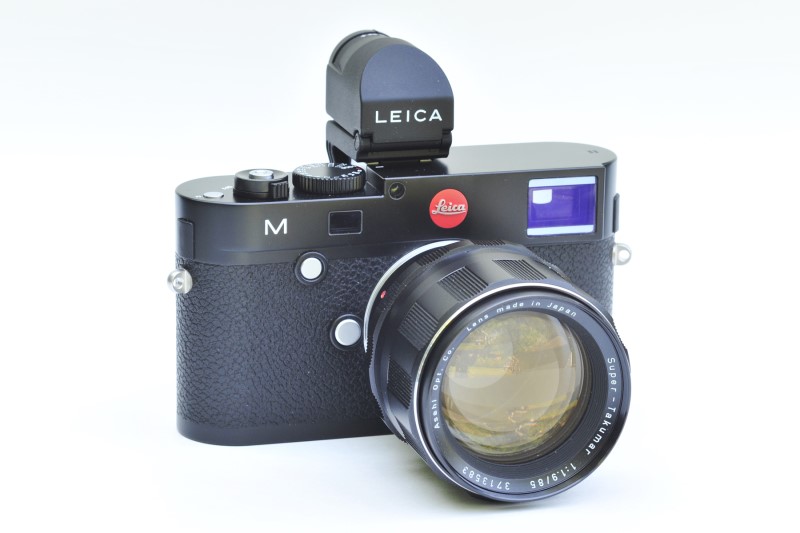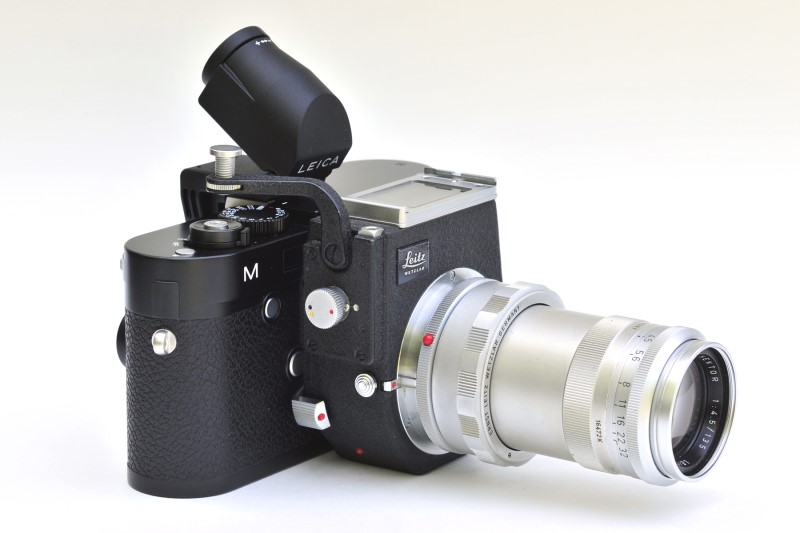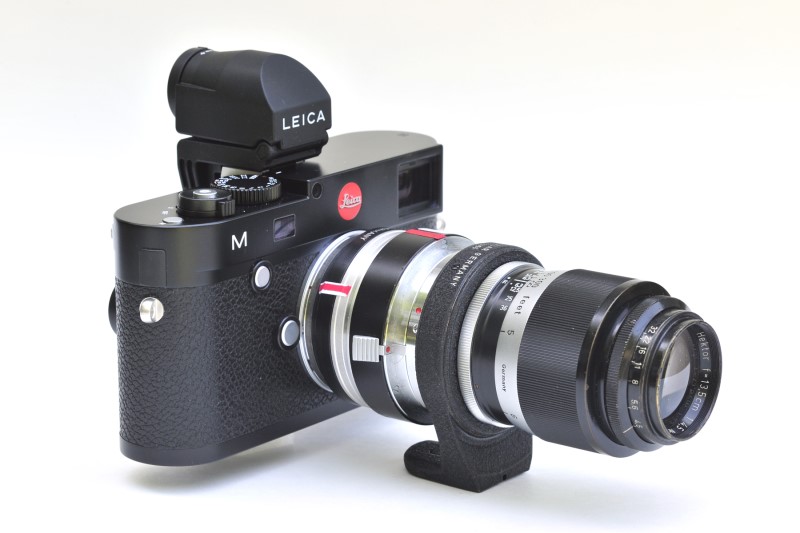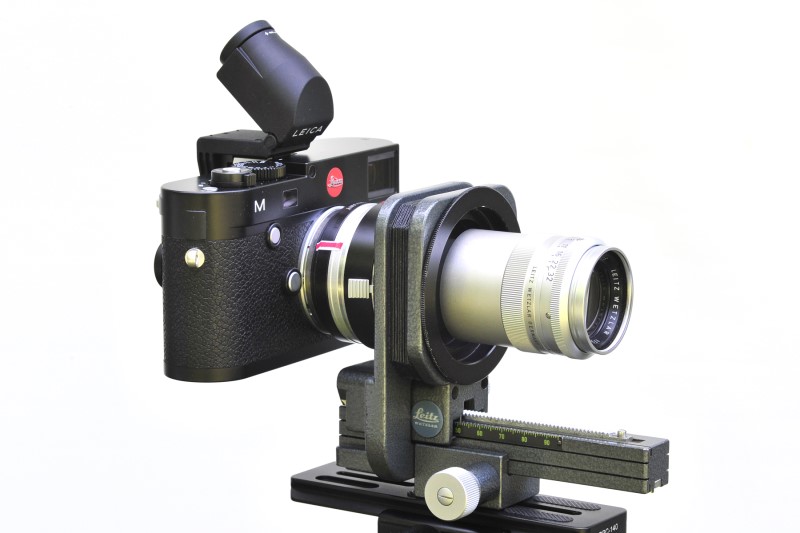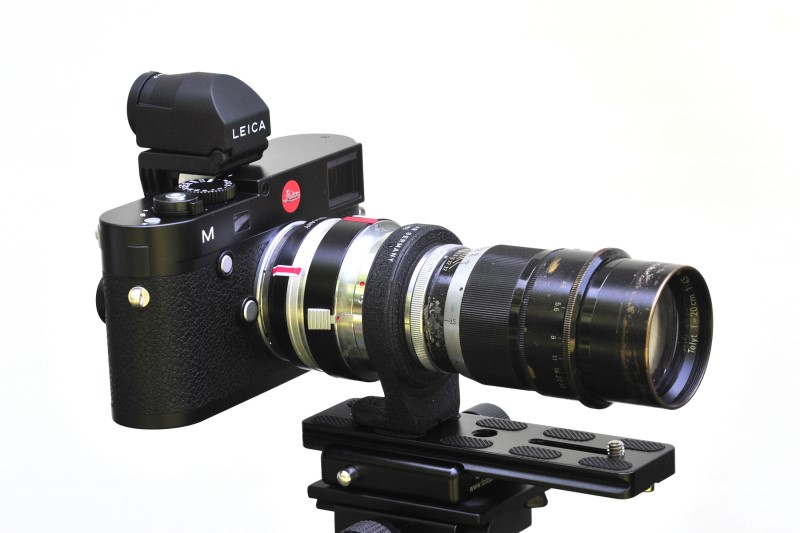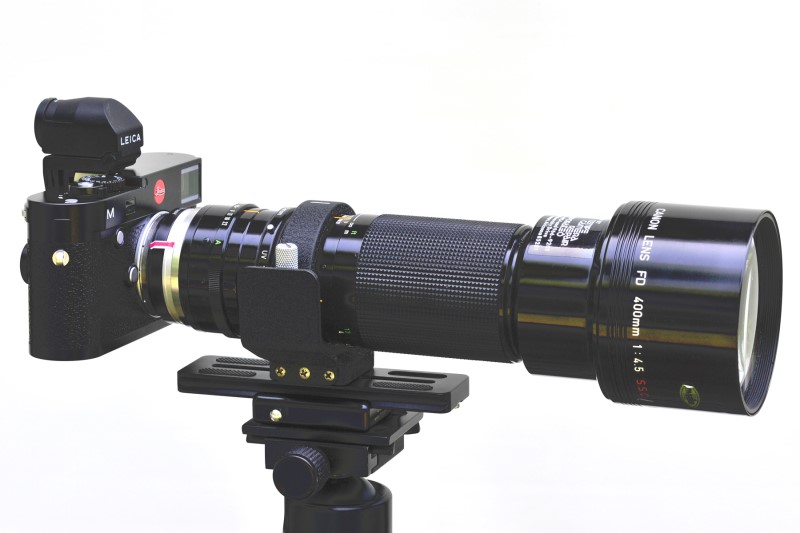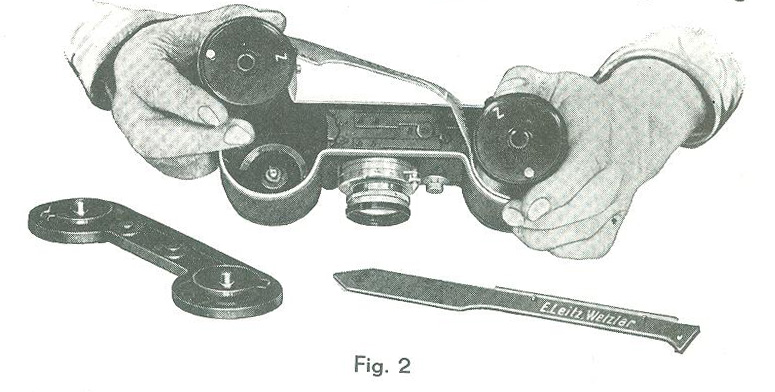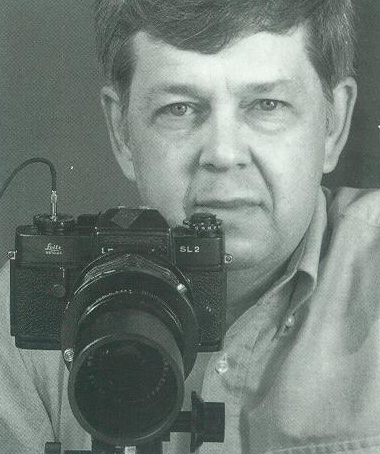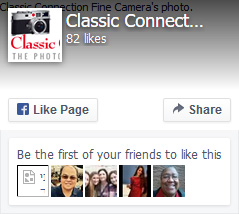A long-cherished dream has begun to come true for me … the Leica M.
The experience has been everything I’d hoped for, and much, much more. In unexpected ways, using the Leica M system has brought me back to my roots as a photographer. Both as to how I work with the camera, and how I am thinking about images, and image-making, again.

I hope to capture here some of the magic I’ve felt, beginning to relearn my craft with the M system. I began including images from my first trip with the M system, three days at Yosemite in November, but have included a few other images, where they seemed to better reflect the discussion.
To Leica aficianados, perhaps these words will bring a smile of recognition, or remembrance of the start of their own journey. For anyone who is thinking about what this rangefinder system may offer, I hope these words intrigue and motivate you to take the plunge as soon as you can.

The first decision I faced, when it looked like the Leica M was finally in reach, was which camera to choose. Even though I’ve always been more of a film guy, even recently, I had decided on a digital Leica. It was August, with Photokina right around the corner, and everyone was expecting the announcement of the “M10”. The practical part of me, which had been so patient for so many years,
thought it surely best to wait for the new camera. But I also realized that even if a new camera were announced, it would likely be another 6 or more months before it was available. I did not want to extend my multi-decade wait any longer, so I jumped, without hesitation, for an M9P, which had just been discounted $1000!
I am still awed by the simple beauty of this camera. One might think that after so many years, I would have wanted my own red dot! But the lettering on the top plate reminds me of the only Leica I had ever used, my grandfather’s IIIc, and its spare black perfection brings pure joy every time I see it.
I do remember, though, being taken aback the day it arrived by how small it seemed, even with a lens mounted, having most recently been using a Nikon 3S, more often than not with a 24 – 70mm zoom lens, quite massive in comparison. I think there was even a part of me that wondered, in a small, doubting voice, what all the fuss was about (for these Leica cameras).
Without question, from the very beginning, though, there was also an immediate sense of how nicely the camera fit in my hands, how perfectly positioned and proportioned the aperture and focus rings seemed, and how naturally my right index finger found the shutter speed dial.

The Nikon was ably designed so one *can* hold onto it; the Leica was clearly built, from its inception, in a scale *for* the human hand.
I did feel awkward at first, though, even quite clumsy as I reached errantly for focus or aperture. But I realized how natural the operation of the camera could become. For days I just carried it around, helping my hands memorize its shape and feel, learning more naturally to find its functions. And as wonderful as the camera began to feel, it was, of course, the lenses that were the real revelation.

From the very first image I downloaded to my laptop, I was amazed by what seemed like an “atmosphere” to the lens’s image-making. I found myself taking pictures of the most ordinary objects, because of the way the Leica lens brought them to life in their own “thatness.” There was the exquisite resolution of fine detail, certainly, but even more, the field of focus, or more precisely, the actual plane of focus, seemed to have much greater force in the image. The character of the lens’s imaging seemed to actually call for the use of a narrower range of focus.
I began to realize that I had been in an unexamined quest for sharpness for most of my photographic life.
My early heroes of photography, Edward Weston and Ansel Adams, had even named their Group f/64 as a conscious movement away from pictorialism, and to honor their own quest for perfect sharpness in the service of “straight photography.” Walker Evans, another of my early heroes, with whom I had actually had the opportunity to study, was also primarily known for his largeformat images, the crispness of his photography of place.

So while it is not surprising that my aesthetic had been so oriented to sharpness, it was all the more extraordinary how quickly Leica lenses opened up entirely different expressive opportunities.

At once I began to wonder if “sharpness” had become the enemy of expressive potential.
As I now think about it, there is a wonderful irony in the fact that this special expressive potential is actually grounded in the Leica’s ability to resolve detail with such fineness and delicacy. It is that kind of “sharpness” that gives special impact to the plane of focus, and makes for such pleasing transition away from focus.
Which leads to the other principal reason that this kind of expressive opportunity is at the very heart of what is uniquely Leica: the lenses perform with such spectacular finesse wide open. I just recently learned that at least one Leica master shoots as close to wide open as possible, all the time, as a basic premise of his Leica style. I can now appreciate how no other approach really uses all the creative potential that is so specially at hand with a Leica lens.
Even though I am not quite at that point, aperture and bokeh are already a much larger part of my photographic arsenal again, and are really changing how I approach visual opportunities and possibilities. I’ve even bought the first of what will likely be several 0.9 neutral density filters, to give me the option of keeping my lenses as wide open as possible during daylight hours.
Quite a departure from tilting the plane of focus, and closing down a lens as much as possible to bring everything into “sharpness!” Which is still so eminently, easily possible with the M:

It was hard at first, of course, coming back home to a more deliberate way of working. Focussing with great care, deliberating over exposure trade-offs, composing without the certainty of a through-the-lens view … all come into play with each Leica image … the way they used to when I worked with my first camera system, a Nikkormat and a small collection of prime lenses.
Even with years of large-format discipline, spot metering, precise camera positioning with bubble levels and movements, back-wrenching focussing with a loupe on a groundglass, my brief foray into automated digital photography had very quickly, and fundamentally, altered my approach.
Within a couple of years of using digital cameras, I was so used to relying on auto-focus, and quickly evaluating displays of complex metering patterns, that photography had become much more of an exercise in instantaneous, instinctual composition, than the more engaged, deliberate, pre-visualizing approach of earlier years and formats.

I value what this more instinctual approach has taught me, because I believe that photography, at its best, draws on much deeper aspects of ourselves than our conscious mind. But as as I’ve begun to work with the Leica M, I’ve really enjoyed the feeling of coming home to a more engaged, deliberate style that still embraces instinctual, emotional response.
And this really has felt like coming home.
My 1970 Nikkormat has a small, central, split-screen for focussing, much like the M’s central split-image. It has a needle indicating exposure, on the right side of the viewfinder. Honestly, I’m still not as used to the M’s LED exposure indicator, because I liked the analog movement of the needle in the Nikkormat, which gave me a smoother sense of the relative luminance of different areas in a scene.

As I learn to interpret its LED states, I expect I’ll feel the same confidence with the M9’s metering, but I am still a bit perplexed by it. The M9 seems to need 1 to 2 full stops more exposure than my experience with viewfinder metering leads me to believe. Immediately, though, I’ve really appreciated the logic of the LED’s arrows, which clearly and uniformly point out the correct direction for changes of either shutter speed or aperture. Very intuitive, very nice.
I was always confident in my ability to focus accurately, and this has proven to be true with the M, even in challenging situations, even indoors, and even in low light. It does take me some effort, though, which, again, compels a more engaged and deliberate approach.

I never could learn to focus with my right eye, which always seemed to be the “correct” way in instructions, and photos I have seen of people taking pictures. Perhaps I like the way the camera blocks my right eye, when focussing with my left. Or perhaps, as my wife suggested the other day, I’m working more with my right brain, when focussing with my left eye! It has always, though, felt like a very concentrated effort, but one which is definitely rewarded. I’ve discovered that I really like this about the rangefinder M. There is real gratification in actually focussing to the result I’m trying to achieve, rather than relying on automation, which so often, subtly, agonizingly disappoints by blindly locking onto *not quite* what is intended.
The clearest example that comes to mind is an opportunity I had to photograph a great Tibetan lama during one of his teachings. To catch what were often fleeting and very funny expressions, I relied on auto-focus that day, since I was using a large and heavy digital SLR, and by necessity, a long lens. So most of the images have the front edge of his chair’s handle perfectly sharp; but him, not so. Even if I had missed a lot of expressions by focussing manually, the ones I would have gotten, would have been spot on. And the Leica would have been so much quieter, lighter, and easier to hold!
And there is another, really fun way the M takes me back to my roots as a film photographer. A way that I have even seen criticized in reviews, when someone decries that such an expensive camera has such a low-res LCD monitor.

Apart from necessary histogram information, which still seems critical to dialing in exposure with the M9, the LCD monitor only hints at the image you may or may not have captured. To me, this feels like working with film, where you never know how your efforts came out until you get to the darkroom, or in this case, Lightroom. Results, especially since they’ve only been seen on the camera’s low-res monitor, are always exciting, always a revelation with the M9. The camera never seems to disappoint, and the small hints of reward you see in the LCD monitor are full of possibility, full of delight, as you tease the RAW image into what you hoped to capture.
And for me, this is what photography is really all about. Engaging one’s whole being, beginning with the tactile sensations of working with the camera, to find that combination of factors and settings that resonate with one’s deepest connection to the visual scene with which one is engaged. To feel intimately connected to the camera, so that engagement is fully realized, deep, spontaneous, intuitive, emotional, drawing on all resources, conscious and unconscious, to commit to the image we believe in.
The M fully supports that engagement, from the silky, solid feeling and sound of the camera, to its mechanical performance and superior optical quality. The camera’s abilities, the lens’s magic, push me to take the images I really, instinctually feel, as well as those which more analytically, compositionally intrigue me. And then, there is the further joy and surprise as I find them find them better endered than I had hoped, even, sometimes, imagined.

The essence of what Walker Evans taught my small seminar in 1971 was just that. Just take the picture you believe in. Yes, learn your craft, learn you instrument, but let that all just become the direct path to taking the picture you believe in. Let it all just fade away in the instants of your engagement. His camera of choice in those late days was a Polaroid SX-70.

I’ve found the M lets me do just that. It’s a camera which feels right in my hands, even with its more exotic lenses. It becomes transparent to use, the more I engage in a scene, and the lenses just flat out show what is there, as it is. Thatness, suchness, just keep coming to mind.
So what is left is to take the images in which one believes, and enjoy the whole experience of using perfectly wonderful tools. Throughout, there is a seriousness in Leica’s commitment to the task at hand that inspires confidence, and instills joy as the photographic process unfolds.

Which leads me back to the heart of what I’ve hoped to touch on, the pure joy of working with such beautiful precision tools as the Leica M, and its wonderful optics. It is joy at the most basic, primitive level, from holding and working with the camera, right up to the most sublime moments of discovery, when results unfold with unexpected fineness and subtlety.
My last sunset at Yosemite, found me high above Olmstead Point, where this venerable tree had drawn me. I caught myself more than once just purely enjoying the camera itself, enjoying the process of mounting lenses, the look, the heft of the camera. The bands of grey, white and black on the shutter. The confidence I had about what was transpiring.

I was getting tired from being drawn so deeply into the process of making images; sad, too, that my short stay at Yosemite was drawing to a close.
But I could not have imagined a more perfect introduction to the happiness of M photography, and look forward to each new opportunity, as I find myself coming hoMe.
A significant part of this journey has been the happy circumstance of meeting Sam Shohan, just over the phone so far. I am deeply indebted to him for helping me start my journey with the Leica M, and for his warm support and inspiration.
Thank you, Sam!
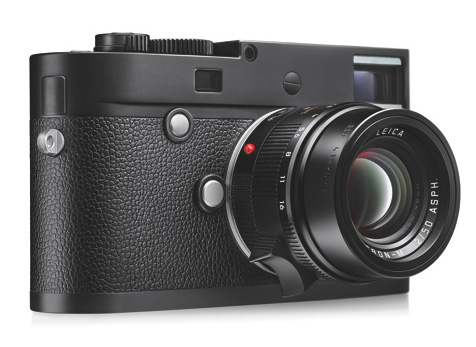










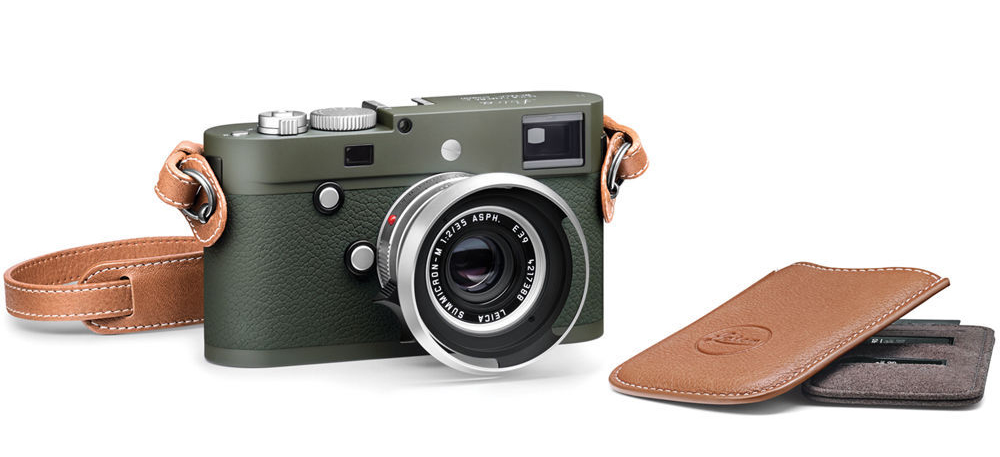
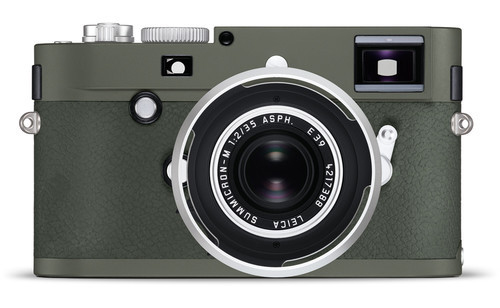


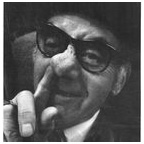 Arnold Crane has worn many hats. Starting out as a portrait photographer, a press photographer, a photojournalist/author, a curator of photography, and so forth…
Arnold Crane has worn many hats. Starting out as a portrait photographer, a press photographer, a photojournalist/author, a curator of photography, and so forth… Why I Participate:
Why I Participate: